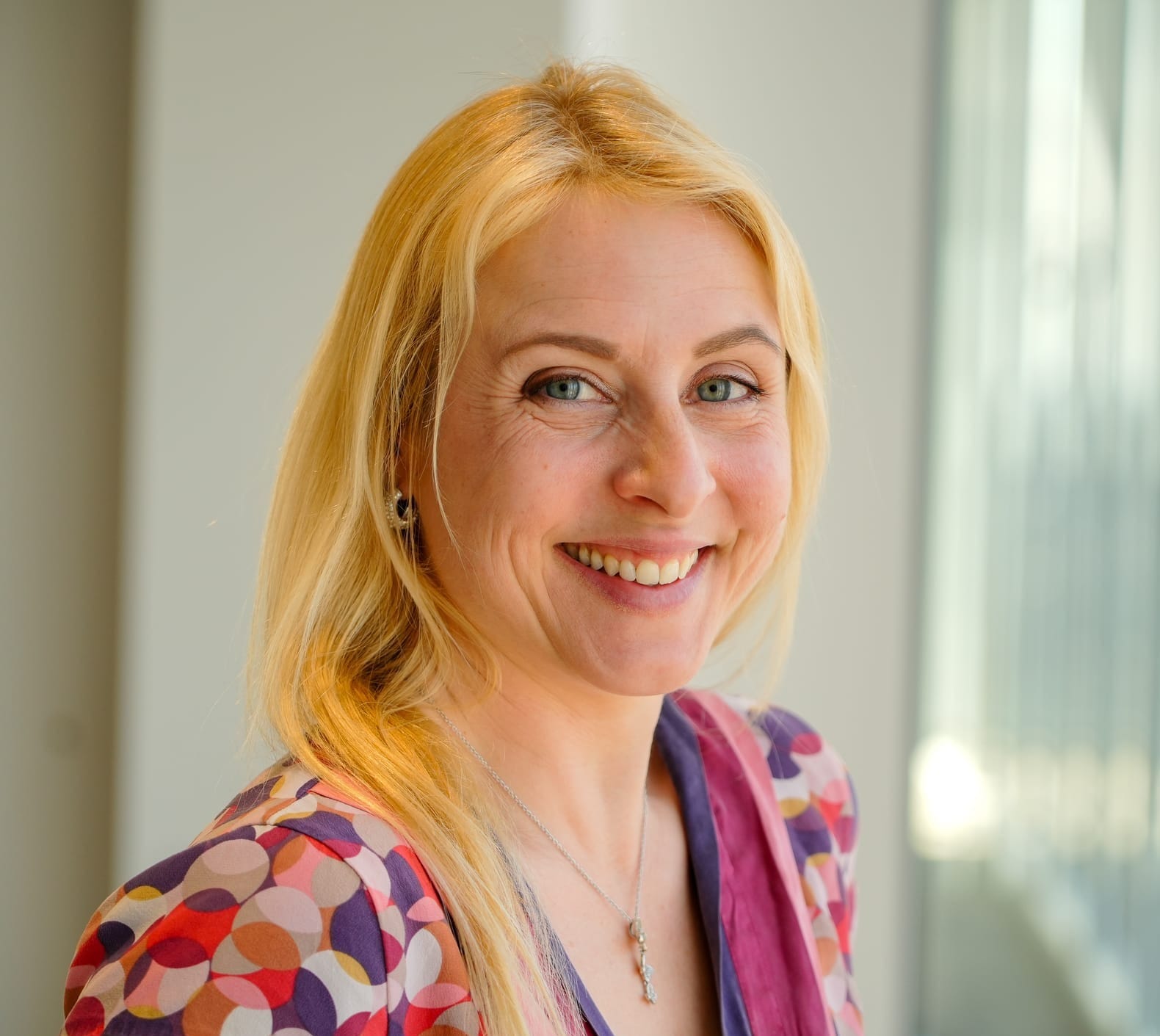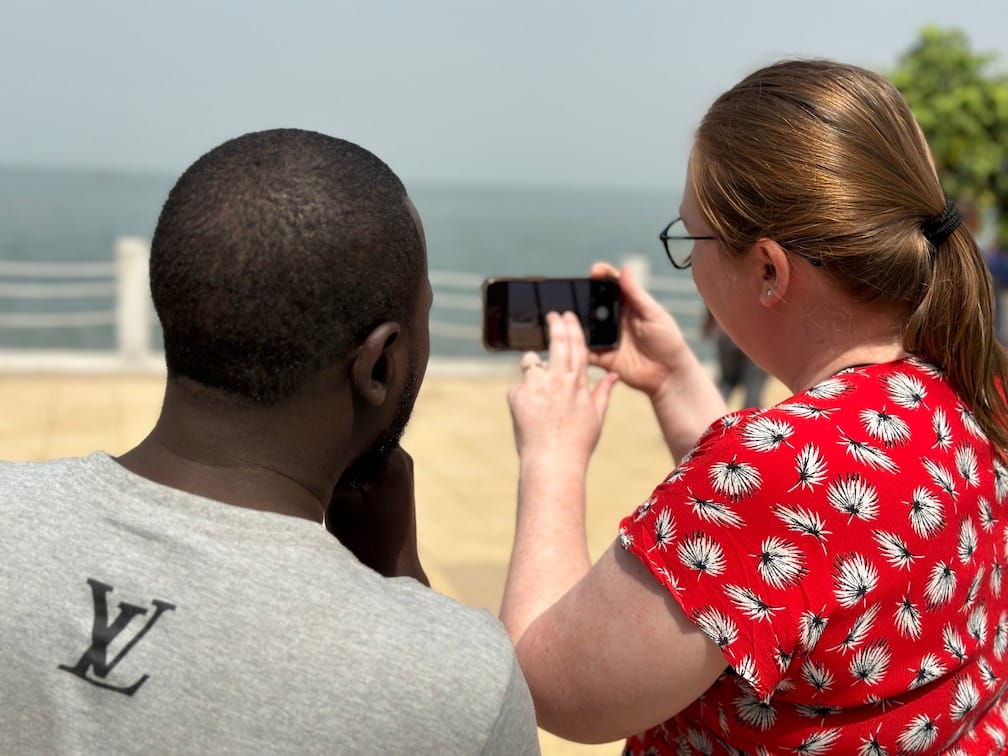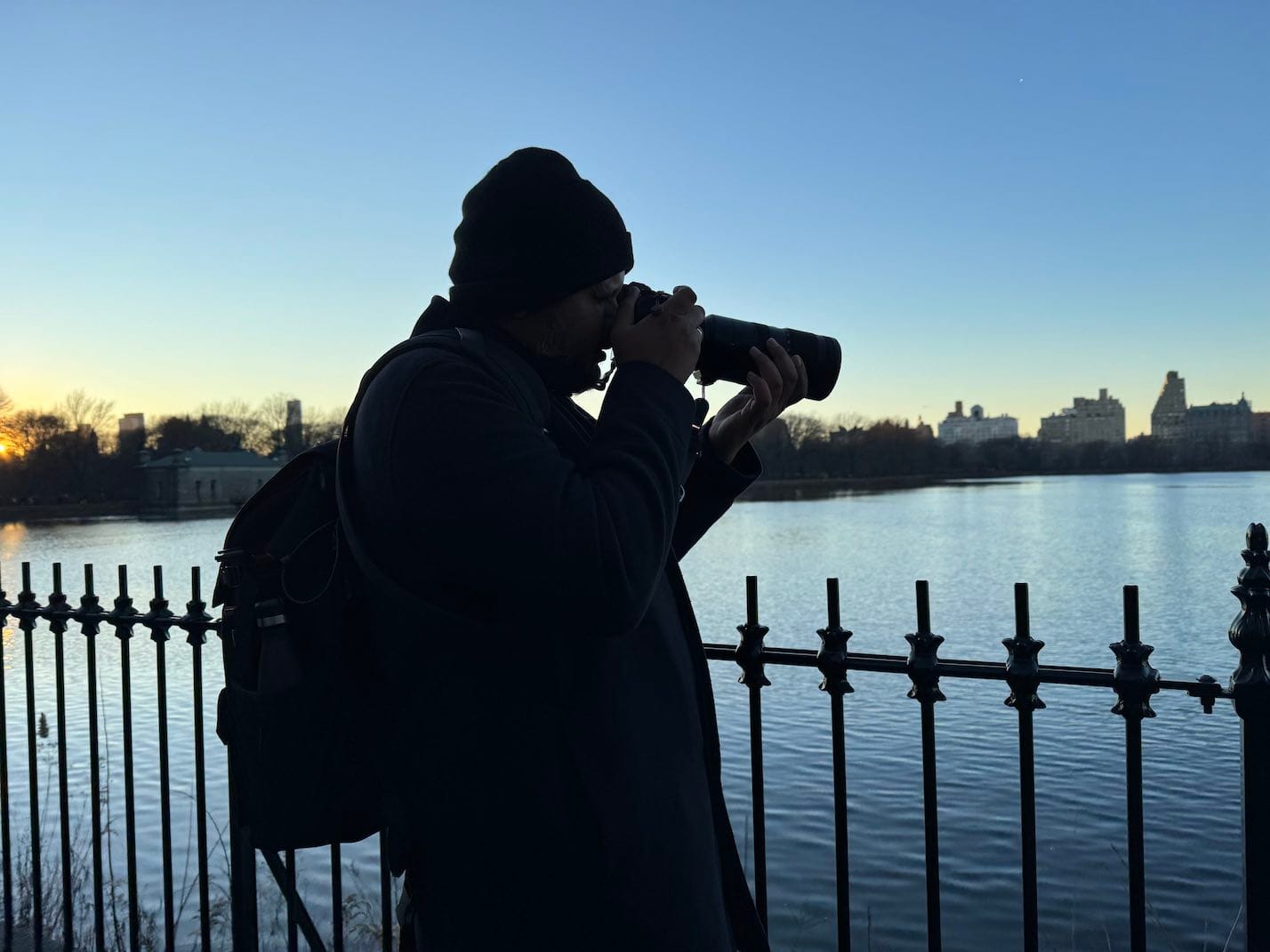New project InOldNews wants to improve representation in video journalism
How else do you get footage from developing countries if stock image sites are no good and you are not on the ground? Two journalists have a solution to make video storytelling more inclusive








